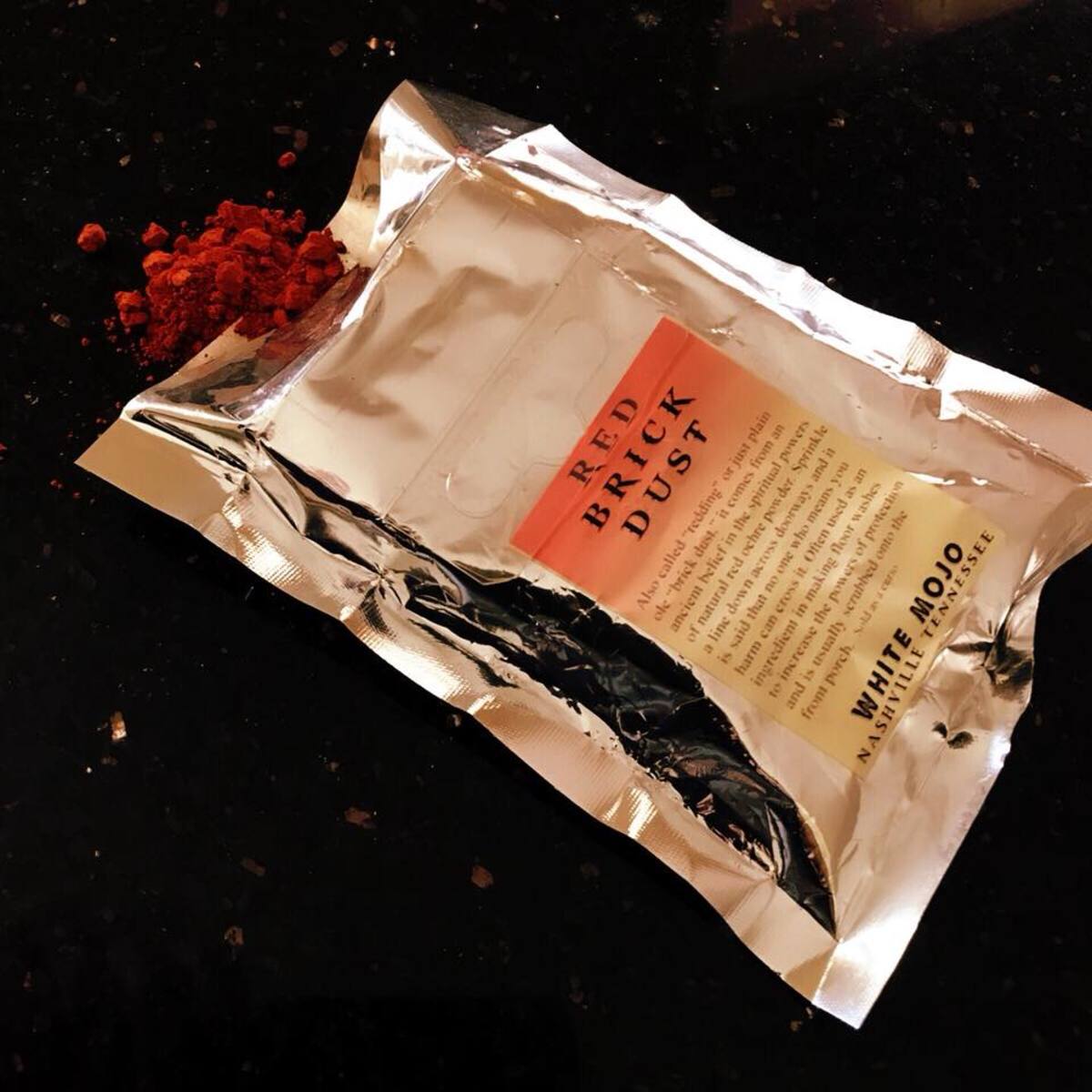The Philospher's Stone

The Truth Behind the Mystery
The Philosopher’s Stone is a substance of legend and mystery, of alchemy and magic, with the power to turn base metal into gold, yet the truth is a greater secret than this.
The word occult means hidden. As in the occulting light of as lighthouse, the light is hidden behind a rotating screen and only revealed for brief moments to create the illusion of a light flashing on and off. Placing a screen in front of an object is an ideal way to keep something hidden, but to keep a secret truth hidden from prying eyes, another story is needed, one seemingly just as mysterious and also tempting. What better temptation is there than the secret power to turn base metal into gold? Who would look beyond this?
Alchemy is the original science with principles closely related to modern chemistry. Many famous philosophers, artists and early scientists counted themselves as alchemists, but there is one major difference between alchemy and modern science. In its investigations, alchemy allowed for the existence of ‘unknown element,’ something too close for those moving into the field of modern science, to a spiritual involvement, or even God.
Science and alchemy parted ways and by the year 1600, modern science had virtually divested itself from its relationship with alchemy. The result was a growing conflict with alchemist being condemned and vilified and even being called, worshipers of the devil. Strange maybe that now, modern science allows for ‘Dark Matter’ and the existence of unseen elements, just as ancient alchemy allowed.
The mystery of Philosopher’s Stone the most prominent point of conjecture between science and alchemy and the early scientist, John Frederic Schweitzer, also known as Helvetius, became one of the foremost adversaries of those still practicing alchemy. The situation gradually came to a head. Alchemy protected a secret, that secret screened behind the story of Philosopher’s stone. To protect that secret, alchemy and this false story needed to be given substance.
On the 27th December, 1666, a stranger dressed as a Dutch Merchant visited Schweitzer at the Hague and announced that he had come to convince Schweitzer of the error of his ways. This stranger refused to reveal his name but during a lengthy debate concerning the value of Hermetic doctrine, the visitor revealed a small ivory box. On opening the box the stranger stated that the reddish powder inside was in fact philosopher’s stone. Not ‘a stone’ as described in fiction, but a powder ground from a specific mineral. Schweitzer pleaded to be given a demonstration of its fabled powers; the stranger refused but promised to return three weeks later.
Schweitzer later revealed that during their conversation, he had skilfully secreted a tiny amount of this powder under his fingernail. After the stranger left, he went strait to his laboratory and melted a small quantity of lead in a crucible. Schweitzer then cast the powder into the hot crucible. This was immediately vaporised and the lead remained unchanged. Schweitzer considered that his action was proof that the man was one of the many rogues and charlatans that roamed the land trying to sell what they claimed was the Philosopher’s stone.
Many of these tricksters used prepared implements such as a crucible lined with a thin veneer of gold then painted. When heated the gold would melt and pool at the bottom, thus proving that whatever they’d added during a theatrical performance, was the philosopher’s stone. The victim would then be enticed to pay for a large supply.
Schweitzer was surprised when his mystery visitor returned three weeks later as promised. Once again, Schweitzer’s demand for a demonstration was refused, but this time the visitor agreed to provide a small quantity for Schweitzer to use himself, along with instruction on how this substance must be used. This was to not cast the substance into the heated metal as Schweitzer had done, but to wrap it in some protective wrapping before adding it to the molten metal.
In his account, Schweitzer describes this tiny amount as being about the quarter the size of a single grain of corn. He retired alone to his laboratory where he melted an ounce and a half of lead. Taking the powder, he enclosed this in a pellet of wax as instructed. The pellet was then cast into the molten lead and the crucible left on the heat for a short time before being allowed to cool.
Remember that Schweitzer was a scientist and an antagonistic opponent of alchemy. When he looked into the hot crucible he saw the rich grey hue common to molten gold. When allowed to cool he was left with what looked like a lump of gold.
Not believing what had occurred, Schweitzer had this gold examined by all the goldsmiths in the Hague. These experts pronounced it to be pure gold. It was then tested by Povelius, chief tester for the Dutch mint who repeated his tests no less than seven times, and who also pronounced it to be pure gold.
This is recounted in Schweitzer’s Vitulus Aureus where he upholds the cause of alchemy, to which he had previously been so opposed. Further confirmation is found in a letter written by Spinosa to Jarrig Jellis (Boorbourg, 27th March, 1667). Spinosa reveals his conversation with Voss during which Schweitzer’s account is dismissed as ludicrous. Spinosa then visited Bretchel, one of the goldsmiths recorded as having examined the gold resulting from Schweitzer’s experiment. Bretchel confirmed the story. (Spinosa, Opera Posthuma, p553)
At this time, Berigord de Pise, another doubter of alchemy, was experimenting with mercury and recounts how a stranger gave him some powder, described as being the colour of poppies and smelling like burned sea salt. In order to avoid any chance of fraud, Berigord de Pise bought a new crucible and a new supply of mercury. He even bought new coals with which to heat his crucible and all from different merchants. Berigord de Pise also records that he made a careful and detailed examination of all his new equipment before proceeding with the experiment.
As directed, he added a small amount of powder to ten units of mercury. This was then heated in a crucible for some time. Unfortunately he does not reveal the exact length of time but states: “after some time I found that the mercury had been converted into an equivalent weight of gold. This was then repeatedly tested and proven to be the purest gold possible.” He then states that the experiment was carried out alone with no other person present.
A third account involves the chemist, van Helmont, probably one of the greatest chemist of his time. In 1618 at his laboratory in Vilvorde near Brussels, van Helmont carried out an experiment with a quarter grain of powder, supplied in a similarly mysterious way. He records that in this experiment, he transmuted eight ounces of mercury into the equivalent weight of gold.
Despite various fraudulent claims, these accounts involve well educated, respected and professional individuals who are known opponents of alchemy. Any fraudster is more likely to target those who believe in the possibility of transmutation.
Furthermore, one of the tricks was to mix powdered gold mercury, the mercury is evaporated away during the heating leaving the gold behind, but this means that there will always be less weight of material than at the start. Van Helmont began his experiment with eight ounces of mercury and ended with eight ounces of gold, a totally impossible result if the mercury from a mercury/gold mixture was evaporated away. The final challenge to this being a fraud is that these opponents of alchemy received this strange powder in a similar fashion, from a stranger, who refused to give his name and who then, after their seemingly successful experiments, did not attempt to gain any financial payment for a further supply, a must if this was a fraud.
Delving into further accounts such as the, Fasiculus Aureus, 1630, and La Clavicule, 1647 by Raymond Lulli, plus documents by, Villeneuve-Bargemont and Taliamed, it is possible to conclude that the substance known as Philosopher’s Stone, is not a stone but a powder. It also requires a great deal of processing prior to use. An account involving Madame d’Urfé describes heating the substance in a furnace for 20 years. Once cleansed from impurities, it must be condensed or enriched to sufficient strength for it to work.
It could be said that this process corresponds to the scientific process of enriching uranium and this opens up the prospect that Philosopher’s Stone is in fact some rare mineral that first has to be mined and prepared for use. Yet all of this is a cover story for the real secret behind the Philosopher’s Stone.
A clue to this is the corresponding story of the Elixir of Life, said to be a liquid form of Philosopher’s Stone that bestows immortality on those who drink the elixir. The truth though, is that while the story of the Philosopher’s Stone and the Elixir of Life is a screen for the real secret, they are also an analogy of that secret, but to understand one needs to understand the alchemic principle of transmutation.
In this, all base metal ores are viewed as ‘Fruits of the Earth.’ These base metals are then ‘ripened’ by the natural heat and pressure generated during geological movement of the Earth’s crust. This is how carbon becomes diamond, how a buried forest becomes coal, or ancient sea creatures become oil. Alchemy simply views this as a process of ripening. Thus, a base metal ore can, through this process, develop to its fully ripened stage, gold. Though this is still an analogy.
What has happened is that at sometime during this process, it has been stopped, preventing base metal from changing into gold. The application of Philosopher’s Stone simply restarts the process, but this is still an analogy.
It is an analogy of the story of mankind because all mankind is also considered to be a Fruit of the Earth with the potential to develop to their full spiritual ripeness, but they were cut off.
Genesis 3:23-24, states that God drove Adam and Eve from the Garden of Eden cutting mankind off from the Tree of Knowledge. Mankind was cut off from the spiritual knowledge that would enable us to grow. This same God also said that mankind would die because of eating from this Tree.
A second cutting off occurred when Christ came offering Philosopher’s Stone in the form of parables, a way of teaching that encourage listeners to think, to question, to philosophise about subjects instead of simply submitting themselves to the priesthood.
The alternative teaching of scripture, that of Jesus and Mary Magdalene, the Lost Gospels, though not the convoluted fiction of, Holy Blood, Holy Grail and the DaVinci Code. Grail Legend is simply the church’s attempt to claim the power of Philosopher’s Stone as its own. The path of Jesus and Mary was laid down and made occult, hidden though still there for all who see beyond physical greed, the desire for gold. Those who opposed were shown, just as Jesus performed miracles to show the truth of his power.
The priesthood opposed and were followed by a Church that set out to impose its own theology, giving its priesthood immense power and authority, with which they have persecuted and hunted and tried to suppress the truth. But alchemy has held its secret for long enough. The Philosopher’s Stone and the Elixir of Life is there for each individual to take. Philosophy is thinking, the power of thought, to question, to analyse, to not believe and follow blind faith, but come to know what is the truth. The Elixir of Life comes free, for those who come to know grow ripe in spirit and glow like gold.






